Posted: Tue Feb 24, 2009 3:25 pm
matt did laminova give you any heat absorbption figure for the cores? I tried getting 'REAL' info from them but they were very non-comittal, so we steered away from them.
Aussie Hardcore Wheelers
https://outerlimits4x4.com.au/
No I never asked I'm affraid.1MadEngineer wrote:matt did laminova give you any heat absorbption figure for the cores? I tried getting 'REAL' info from them but they were very non-comittal, so we steered away from them.
What he describes IS making some sort of plenum chamber.Jacked wrote:would be better making some sort of plenium chanmber but i would think the gains would be minimal. better of spending your cash on pump mods i would think
Yes, overall diesels will flow more air. A petrol motor will only flow an equivalent amount of air at WOT as there is no restriction in the intake (throttle butterfly) at that time.azzad wrote:I have a general question regarding IC's.
Does a diesel engine flow more air than a petrol engine of the equivalent capacity?
If the above is true does this mean that a diesel IC needs to have more cooling capacity than a petrol?
Sorry this isn't directly related to the Laminova cores but definately relevant to IC capacity.
Dazza
petrols run hotter, and it doesnt matter. high temps in diesels are fatal.azzad wrote:Is there a difference in exhaust temps between diesel and petty?
Most of the heat in the compressed air actually comes from the compressing itself not the exhaust heat. When you compress the air a by product is heat the more compression/boost more heat.azzad wrote:What I meant was if the petrol exhaust is hotter the intake air through the turbo will pick up more heat.
Therefore requiring more IC capacity.
Dazza
matt.mcinnes wrote:Most of the heat in the compressed air actually comes from the compressing itself not the exhaust heat. When you compress the air a by product is heat the more compression/boost more heat.azzad wrote:What I meant was if the petrol exhaust is hotter the intake air through the turbo will pick up more heat.
Therefore requiring more IC capacity.
Dazza
Heat transfer through the turbo from the exhausts is not the issue.
6-7psi from most factory turboed cars, although i'm sure there are 15psi plus factory systems around now.azzad wrote:Didnt think of that; overlooking the obvious again.
What is a typical boost pressure for a petrol?
Dazza
technically it is a plenum although a much smaller, would be better doing one much larger, say 2 inch on the side of the manifold and 2-3 inchs taller. similar to the bmw photo's mayb not as large though. that way you have "stored boost pressure" to improve responsiveness and even flow to improve power by cylinder equalise-ation (dont know if thats even a word)brad-chevlux wrote:What he describes IS making some sort of plenum chamber.Jacked wrote:would be better making some sort of plenium chanmber but i would think the gains would be minimal. better of spending your cash on pump mods i would think
and i doubt you would get much in the way of pump mods for the $100 it would cost to mod the manifold in that way.
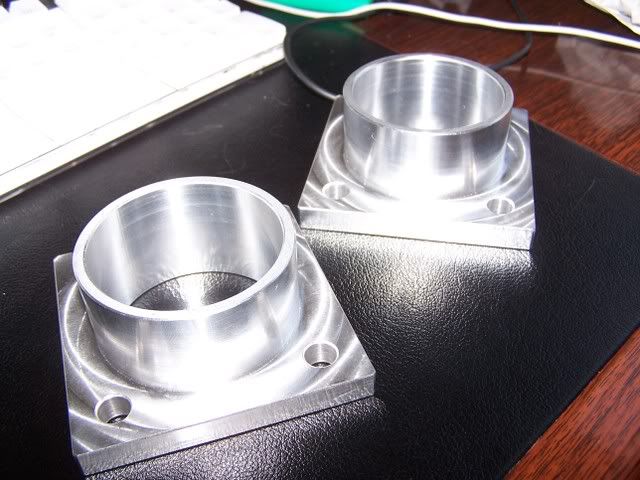
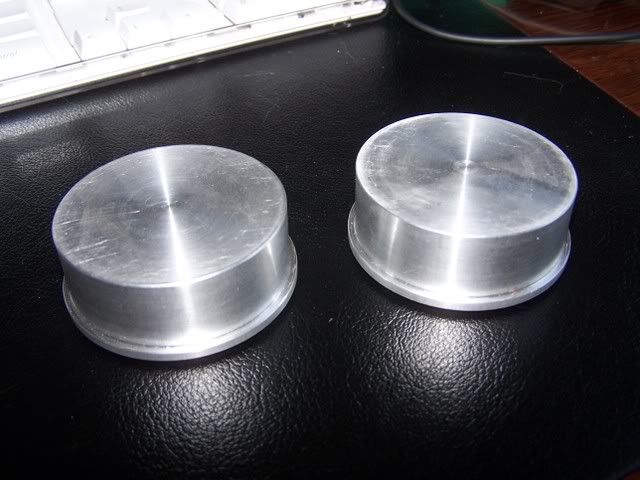


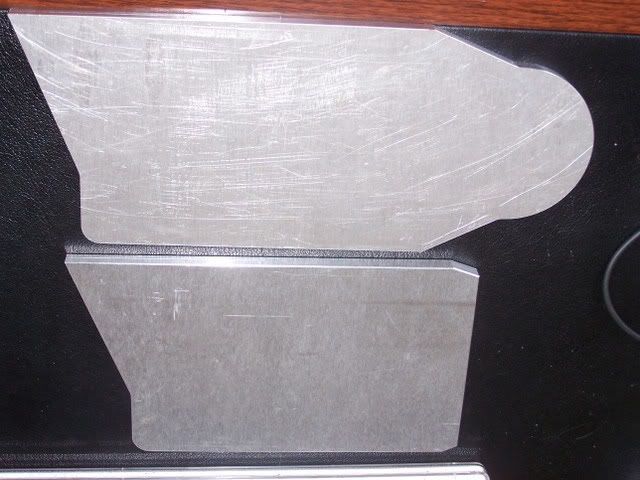
Allen caps need hight to clear the allen key and the intercooler sits over the front two so your having to access them from behind something the DTS crossover pipe does not interfere with as much. I used Marin's old DTS to work out the flange hight for clearance to get the 4 bolts in and out.busman wrote:You could also use allen head bolts instead of hex heads. The DTS kits use allen head bolts on their cross over pipe as you can't fit hex head bolts in.
Better organise a dyno run for mine
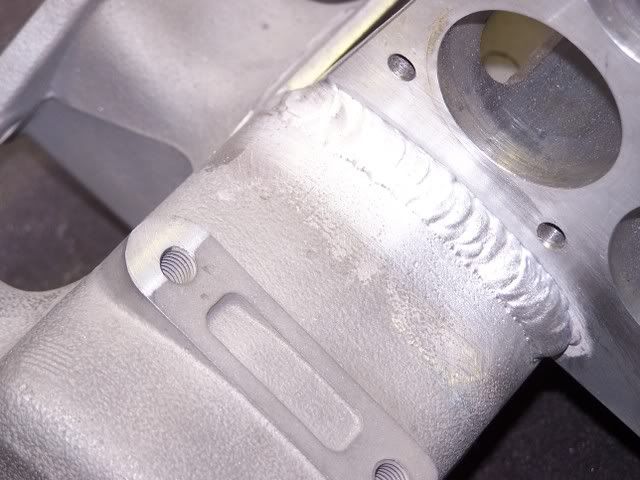
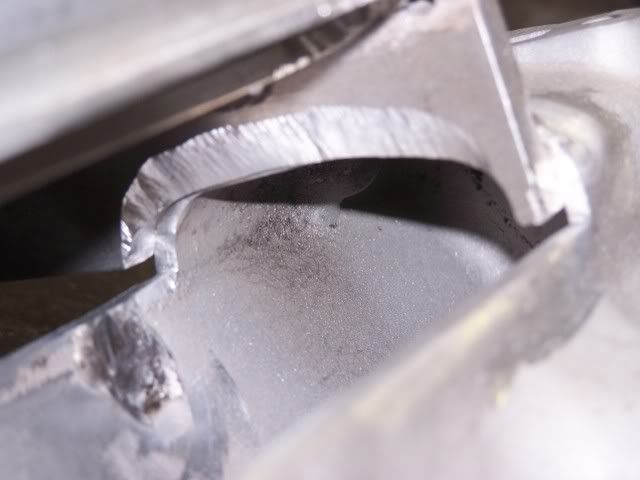
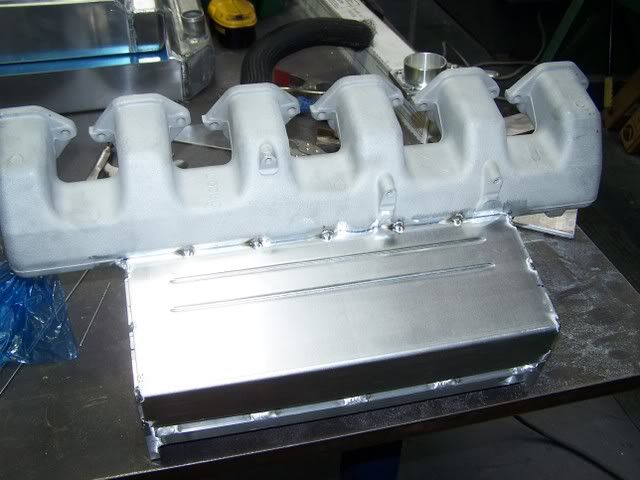
For complete kit ready to bolt in heat exchanger pump and all, or just an intercooler ready to bolt on, or just the parts and you weld your own? (latter not recommended for the inexperienced)GU-ish wrote:got any ideas on cost as of yet?
Compressing A/C gas heats the gas but forms the gas to a liquid, the job of the condensor is to cool the A/C gas, the controlled vaporization of liquid into the evaporator is what takes the heat from the air.brad-chevlux wrote:matt.mcinnes wrote:Most of the heat in the compressed air actually comes from the compressing itself not the exhaust heat. When you compress the air a by product is heat the more compression/boost more heat.azzad wrote:What I meant was if the petrol exhaust is hotter the intake air through the turbo will pick up more heat.
Therefore requiring more IC capacity.
Dazza
Heat transfer through the turbo from the exhausts is not the issue.
we could get picky here. The amount of heat doesn't, the temperature does.
the temp rises because you have X heat in Y space befor the compression. after the compression you have X heat Z space, (Z=1/4Y)
because the heat is in a smaller space the temp rises.
this is why we compress A/C gas to remove heat from it, and then let it expand so it will remove heat from air.
I disagree with thatPGS 4WD wrote:Compressing A/C gas heats the gas but forms the gas to a liquid, the job of the condensor is to cool the A/C gas, the controlled vaporization of liquid into the evaporator is what takes the heat from the air.brad-chevlux wrote:matt.mcinnes wrote:Most of the heat in the compressed air actually comes from the compressing itself not the exhaust heat. When you compress the air a by product is heat the more compression/boost more heat.azzad wrote:What I meant was if the petrol exhaust is hotter the intake air through the turbo will pick up more heat.
Therefore requiring more IC capacity.
Dazza
Heat transfer through the turbo from the exhausts is not the issue.
we could get picky here. The amount of heat doesn't, the temperature does.
the temp rises because you have X heat in Y space befor the compression. after the compression you have X heat Z space, (Z=1/4Y)
because the heat is in a smaller space the temp rises.
this is why we compress A/C gas to remove heat from it, and then let it expand so it will remove heat from air.
I wouldn't suggest leaning against the high pressure (liquid)side of a running A/C system.
Matt is correct the heat is due to the compression, it's how a diesel works, high compression causes heat, diesel is injected into the hot air mixture, hence the need for glow plugs and why worn out low comp diesel engines are hard to start.
Another example is the supercharger, no exhaust heat enters the supercharger yet they all produce high air outlet temps. They don't call EATON superchargers Heatons for nothing.
Joel